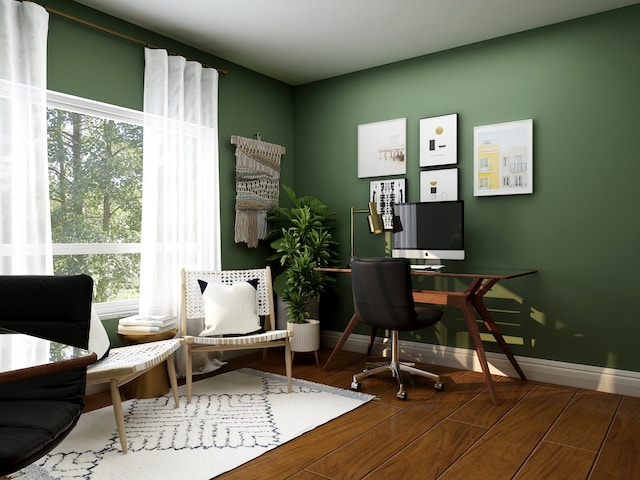Fine art collections can pose a bit of a problem when it comes to coverage under home insurance. Standard home insurance policies will only cover a certain amount of money for art and may not cover artwork at all. That’s why you should find a home insurance policy that covers your art collection. In the following, we will examine how you can protect your art collection with home insurance and other methods to protect it.
Home Insurance and Fine Art Coverage
There are many different ways to get your fine art collection covered under your home insurance.
You can augment your home insurance with a valuable items endorsement. Endorsements elevate your coverage limit and extend protection to your fine art.
For high-value art pieces, a personal articles floater (PAF) could be your ideal solution. This flexible option lets you enhance your personal property coverage item-by-item, ensuring comprehensive coverage at a specified value. A PAF often offers all-risks protection, meaning it covers losses unless explicitly excluded. You can either include it as an endorsement or acquire it as a separate policy.
You can also opt for a valuable items policy, which stands independently from your home insurance. These policies offer expansive coverage for fine art with higher limits and global protection.
Considerations When Shopping for Art Collection Insurance
Here are a few things to keep in mind when shopping for art collection insurance:
- What type of coverage do you need? Basic art insurance policies typically cover damage and theft. However, you may want to consider additional coverage for things like loss of value due to market fluctuations or damage caused by earthquakes or floods (which are usually not covered by standard home insurance policies).
- What is the value of your collection? Be sure to insure your collection for its full value so that you can replace it if it is lost or damaged. Remember that your collection’s value may fluctuate over time, so you may need to adjust your coverage accordingly.
- What is the deductible? The deductible is the amount you will have to pay out of pocket if you need to make a claim. Higher deductibles usually mean lower premiums, so you must balance your needs against your budget.
- Is there a limit on the amount of coverage? Most policies have limits on how much they will pay out per incident or per item. If you have particularly valuable items in your collection, you may need to purchase additional coverage to be fully protected.
- What is the claims process like? Be sure to understand the claims process before you purchase a policy. You’ll want to know how long it will take to get reimbursed and what documentation you must provide.
Different types of homeowners insurance can provide various levels of protection, so when shopping for art collection insurance, focus on the type of coverage you need, the current and fluctuating value of your collection, the deductible amount, any coverage limits, and the claims process’s details. Factors affecting homeowners insurance for art collections include the collection’s value, required coverage types, and how you want your art insured.




